-
main-collection-product-grid
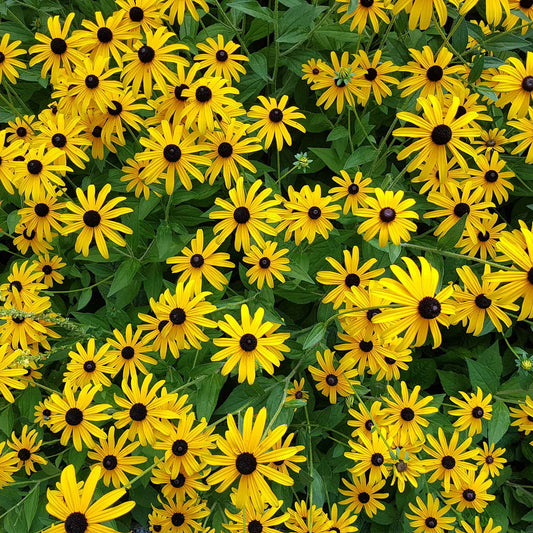
Black Eyed Susan Seeds
This distinctive wildflower is a North American native and great for a kid's gardenBlack Eyed Susan Seeds
This distinctive wildflower is a North American native and great for a kid's gardenRegular price As Low As $4.49Regular priceUnit price per -
main-collection-product-grid
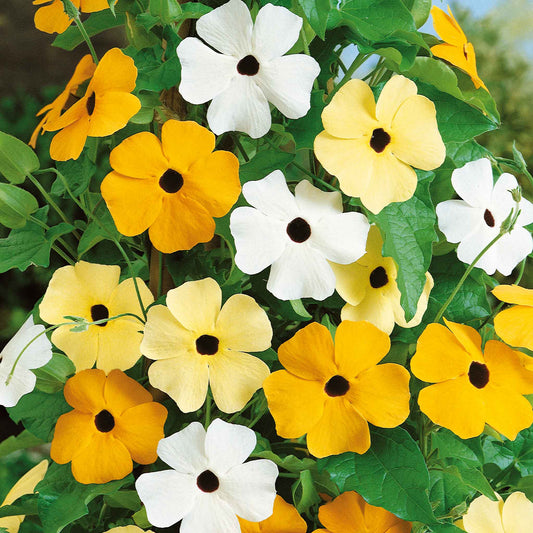
Black Eyed Susan Seeds - Vine Mix
A vigorous free-flowering vine that can reach eight feet in a seasonBlack Eyed Susan Seeds - Vine Mix
A vigorous free-flowering vine that can reach eight feet in a seasonRegular price As Low As $4.79Regular priceUnit price per -
main-collection-product-grid

Black Eyed Susan Seeds - Goldilocks
Not too small, not too large—this mix is just rightBlack Eyed Susan Seeds - Goldilocks
Not too small, not too large—this mix is just rightRegular price As Low As $6.09Regular priceUnit price per -
main-collection-product-grid

Black Eyed Susan Seeds - Double Golden Gloriosa
Low-maintenance perennial reliably produces huge double bloomsBlack Eyed Susan Seeds - Double Golden Gloriosa
Low-maintenance perennial reliably produces huge double bloomsRegular price As Low As $5.79Regular priceUnit price per -
main-collection-product-grid
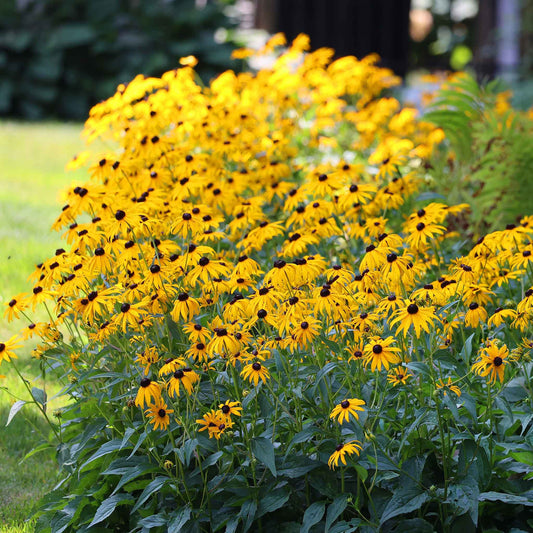
Black Eyed Susan Roots - Goldsturm
This quintessential black eyed Susan is a timeless classicBlack Eyed Susan Roots - Goldsturm
This quintessential black eyed Susan is a timeless classicRegular price As Low As $30.49Regular priceUnit price per -
main-collection-product-grid
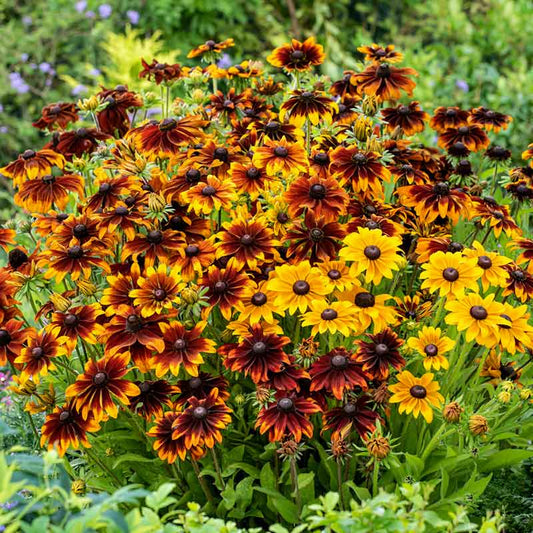
Black Eyed Susan Seeds (Dwarf) - Rustic Mix
Compact plants boast vibrant full-size bloomsBlack Eyed Susan Seeds (Dwarf) - Rustic Mix
Compact plants boast vibrant full-size bloomsRegular price As Low As $4.79Regular priceUnit price per -
main-collection-product-grid
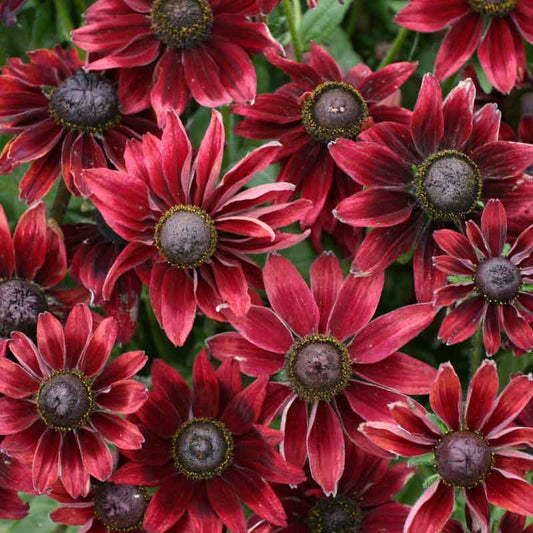
Black Eyed Susan Seeds - Cherry Brandy
First-ever red variety to the black-eyed Susan familyBlack Eyed Susan Seeds - Cherry Brandy
First-ever red variety to the black-eyed Susan familyRegular price $5.95Regular priceUnit price per -
main-collection-product-grid
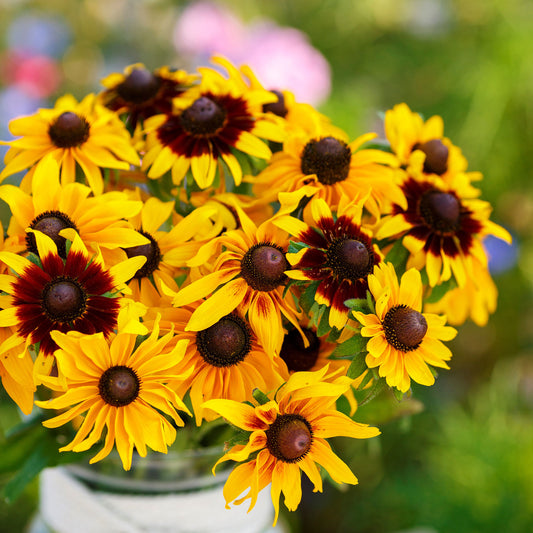
Daisy Seeds - Gloriosa
We think these golden blooms are divineDaisy Seeds - Gloriosa
We think these golden blooms are divineRegular price As Low As $4.49Regular priceUnit price per -
main-collection-product-grid
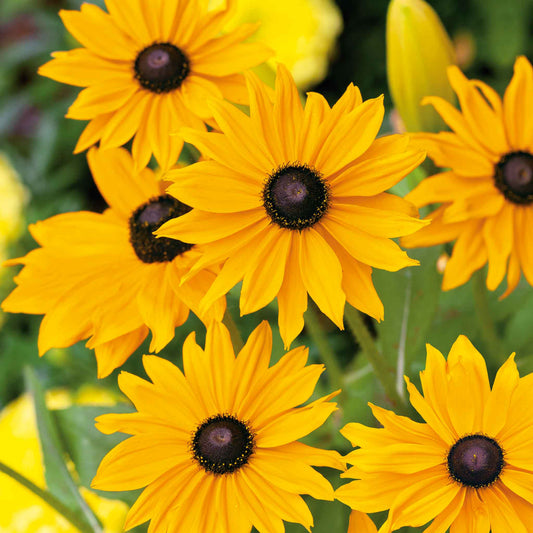
Black Eyed Susan Seeds - Marmalade
You'll want to save these colorful petals for crafts and arrangementsBlack Eyed Susan Seeds - Marmalade
You'll want to save these colorful petals for crafts and arrangementsRegular price As Low As $4.79Regular priceUnit price per -
main-collection-product-grid
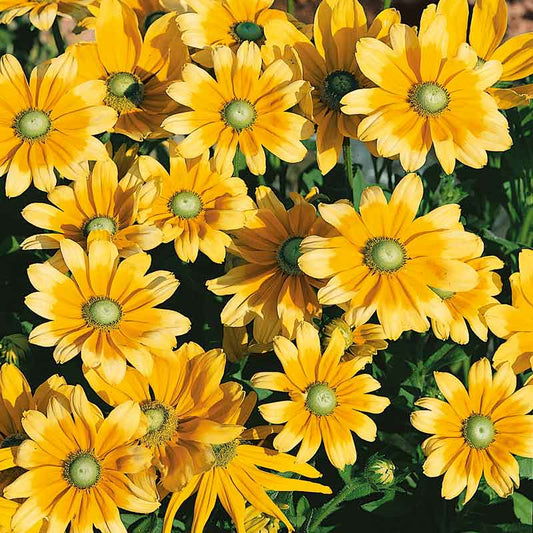
Black Eyed Susan Seeds - Green Eyes
Also called Irish Eyes, this unique heirloom variety has striking green centersBlack Eyed Susan Seeds - Green Eyes
Also called Irish Eyes, this unique heirloom variety has striking green centersRegular price As Low As $6.09Regular priceUnit price per -
main-collection-product-grid

Daisy Seeds - Gloriosa Mix
Plant these gold and rust-colored blooms en masse for a field of gloryDaisy Seeds - Gloriosa Mix
Plant these gold and rust-colored blooms en masse for a field of gloryRegular price As Low As $4.49Regular priceUnit price per -
main-collection-product-grid
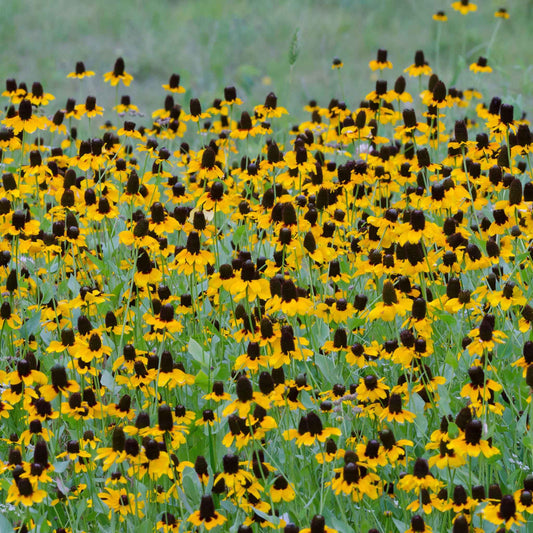
Clasping Coneflower Seeds
This native wildflower is a close relative of black-eyed susansClasping Coneflower Seeds
This native wildflower is a close relative of black-eyed susansRegular price As Low As $4.49Regular priceUnit price per -
main-collection-product-grid
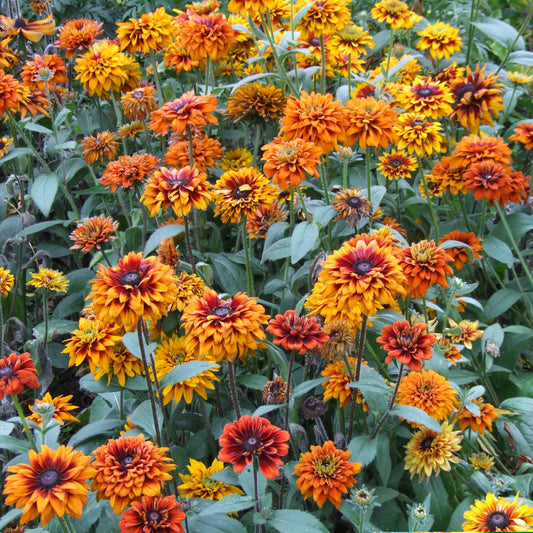
Black Eyed Susan Seeds - Cherokee Sunset
All America Selections Award WinnerBlack Eyed Susan Seeds - Cherokee Sunset
All America Selections Award WinnerRegular price $5.95Regular priceUnit price per -
main-collection-product-grid

Black Eyed Susan Seeds - Autumn Forest
Prolific bicolored blooms are perfect for fall bouquetsBlack Eyed Susan Seeds - Autumn Forest
Prolific bicolored blooms are perfect for fall bouquetsRegular price As Low As $4.79Regular priceUnit price per -
main-collection-product-grid
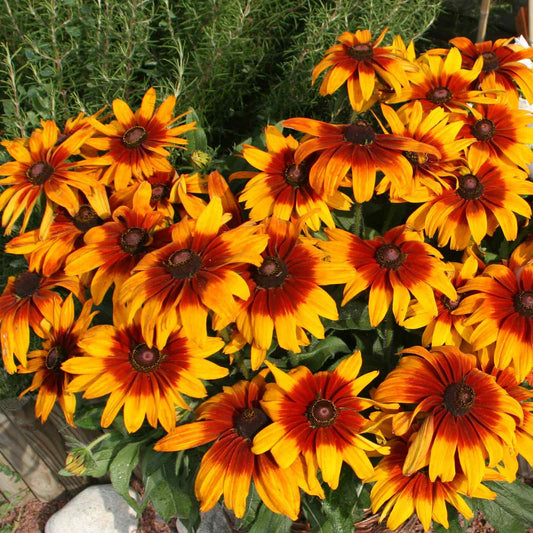
Black Eyed Susan Seeds - Cappuccino
Radiates warmth and brings butterflies in by the dozenBlack Eyed Susan Seeds - Cappuccino
Radiates warmth and brings butterflies in by the dozenRegular price $5.95Regular priceUnit price per -
main-collection-product-grid
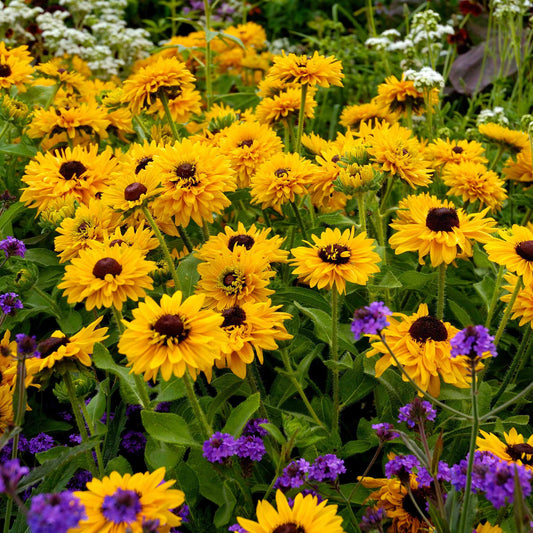
Black Eyed Susan Seeds - Maya
Fluffy double flowers of golden yellow on a compact plantBlack Eyed Susan Seeds - Maya
Fluffy double flowers of golden yellow on a compact plantRegular price $4.79Regular priceUnit price per
The best rudbeckia seeds for your garden
- 17 rudbeckia seed varieties
- Fast-growing heirloom flowers with vibrant golds and burgundies
- Perennials and annuals for every blooming season
- Drought-tolerant, happy in poor soils, and deer-resistant
why rudbeckia seeds are so popular
Rudbeckia hirta, commonly called Black Eyed Susan, is from the sunflower family and is native North America. Varietals come as annuals, perennials, and biennials, hardy in zones 3 through 9. These beauties are the gift that keeps on giving when deadheaded regularly, blooming in late spring and lasting clear through the fall. Rudbeckia seeds grow between 18 and 24 inches tall. Their golden flowers attract butterflies and bees and make lovely, long-lasting cut flowers.
how to grow your own rudbeckia flowers
If direct seeding, plant after last frost in spring once daytime temperatures reach 60°F. If starting indoors, seed six to eight weeks before last frost. Sow seeds on the surface of the soil and leave uncovered or cover with a very thin layer of vermiculite as seeds require light to germinate. For perennial varieties, placing containers in a cold space (like a refrigerator) for four weeks after seeding may lead to greater success with germination. Then move under lights until planting outdoors.
Rudbeckia seeds do best in consistently moist potting media with temperatures between 70 and 75°F. Maintaining high humidity and consistent temperatures will improve germination rates. Try covering your seed-starting container with a humidity dome or plastic wrap and misting regularly. Remove the cover once 10 to 15% of your seeds have germinated and continue misting regularly until most seeds have germinated. Once plants have three sets of true leaves, pot them into lager containers such as plastic cell packs or old single-serving yogurt containers. Harden off plants for a week before transplanting them into the garden. Rudbeckia prefers sun but will tolerate some shade. The ideal soil is well-draining while still able to hold moisture, although plants are tolerant of most soil types.
the best care for rudbeckia
Rudbeckia does not have significant nutrient needs and does well in soil that’s not too rich. Water well in first season and, once established, these plants are quite drought resistant. Plants may take two to three years to reach their full height so try to resist cutting flowers and dividing plants in year one to encourage more vigorous plant growth. Rudbeckia form in clumps which can be divided if plant becomes too large for the space allotted or if more plants are desired. In warmer climates, dividing every three to four years can prevent rudbeckia from spreading too prolifically and can help keep plantings healthy. Cut plants back in the fall and cover with mulch. Rudbeckia can be susceptible to powdery mildew in hot, humid climates. Plant in full sun and thin plants to allow for optimal air flow.
For more information about planting, growing, and caring for rudbeckia seeds, see the Rudbeckia Seeds Planting Guide.















